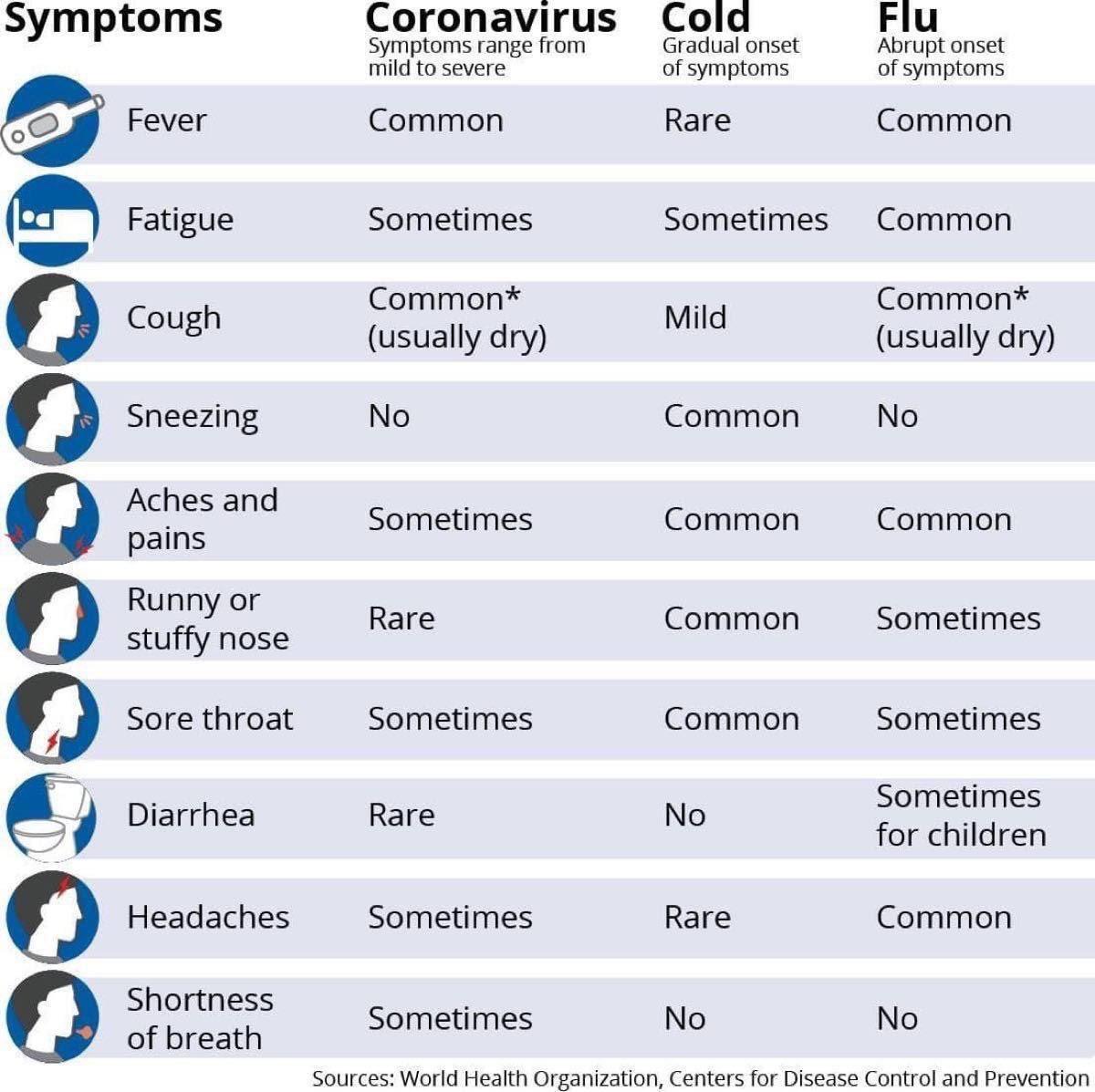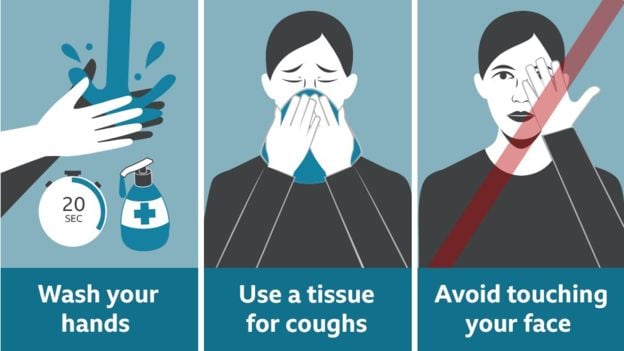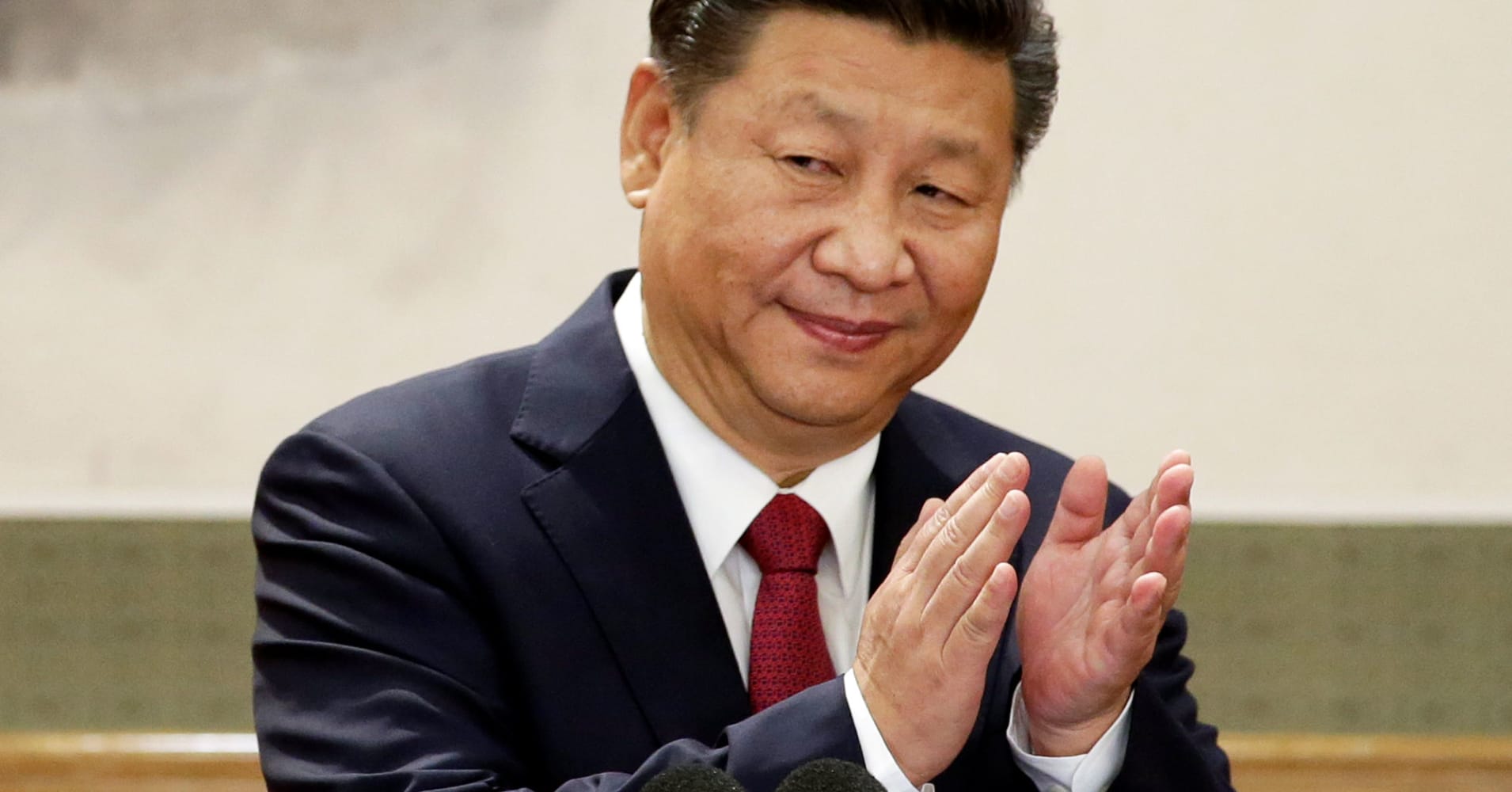
Please contact @Touring Mars or a member of the moderation staff to suggest edits
Important note: Posts that promote conspiracy theories, misinformation, or contain misleading or unverifiable claims will be removed. Persistent offenders will be banned from posting in this thread permanently. Any content deemed inappropriate may be removed without notice, and is at the discretion of the moderation team.
Update: Discussion of the origins of the virus/outbreak is permitted provided that posts cite credible source material.
Key websites:
Graphs of case numbers/deaths by country (raw data and per capita):
91-divoc.com: http://91-divoc.com/pages/covid-visualization/
Table of coronavirus statistics per country:
Worldometer: https://www.worldometers.info/coronavirus/
Coronavirus new variants per country:
Covariants.org: https://covariants.org/
General information:
US Centre for Disease Control (CDC) Coronavirus information: https://www.cdc.gov/coronavirus/2019-ncov/
UK Government guidance: https://www.gov.uk/guidance/coronavirus-covid-19-information-for-the-public
WHO Coronavirus: https://www.who.int/health-topics/coronavirus
UK National Health Service (NHS) information: https://www.nhs.uk/conditions/coronavirus-covid-19/
UK Government response: https://www.gov.uk/government/news/...vidence-supporting-the-uk-government-response
Johns Hopkins Covid-19 basics - https://coronavirus.jhu.edu/#covid-19-basics
UKRI "Coronavirus explained" - https://coronavirusexplained.ukri.o...vGWxLR5BqR8EXJW0e-0-fnZRrHarjvOrNusLSzgzhnIUU
The Lancet - Resource Centre: https://www.thelancet.com/coronavirus
New York Times Coronavirus news - free open access: https://www.nytimes.com/news-event/coronavirus
Herd immunity: https://www.theatlantic.com/health/archive/2020/07/herd-immunity-coronavirus/614035/
COVID testing explainer: https://health.ucdavis.edu/health-news/newsroom/different-types-of-covid-19-tests-explained/2020/11
Vaccine information:
Vaccine roll-out: Johns Hopkins Vaccines dashboard: Vaccines - Johns Hopkins Coronavirus Resource Center (jhu.edu)
New York Times Vaccine tracker (vaccine development): https://www.nytimes.com/interactive/2020/science/coronavirus-vaccine-tracker.html?smid=tw-share
Vaccinations per country: https://ourworldindata.org/covid-vaccinations
New variants:
Mapping of new variants of interest: https://covariants.org/
Nextstrain genome mapping: https://nextstrain.org/ncov
Variants explained: https://www.cdc.gov/coronavirus/2019-ncov/transmission/variant.html
Variants by US state: https://www.cdc.gov/coronavirus/2019-ncov/transmission/variant-cases.html
Variants of Concern in the UK: https://www.gov.uk/government/publi...e-numbers/variants-distribution-of-cases-data
Statistics/data:
Covid-19 data visualisation: http://91-divoc.com/pages/covid-visualization/
Johns Hopkins map of SARS-CoV-2 infections: https://www.arcgis.com/apps/opsdashboard/index.html#/bda7594740fd40299423467b48e9ecf6
Our World In Data coronavirus charts/plots: https://ourworldindata.org/coronavirus
Worldometer Coronavirus - Facts and figures:
- All: https://www.worldometers.info/coronavirus/
- USA: https://www.worldometers.info/coronavirus/country/us/
UK hospitalisations by age: https://ilpandacentrostudio.it/uk.html
IHME Coronavirus projections: https://covid19.healthdata.org/proj...XolJrItn91_Ts9lc5XcmYdwxAAAlUFD6ezd_9BQH-tqVU
Per capita/per million data:
Confirmed COVID-19 cases per million people: https://ourworldindata.org/grapher/covid-cases-per-million-exemplars
Confirmed COVID-19 deaths per million people: https://ourworldindata.org/grapher/total-covid-deaths-per-million
Daily new cases per million people: https://ourworldindata.org/grapher/new-covid-cases-per-million
Total cases by region: https://ourworldindata.org/grapher/daily-cases-covid-region
UK Coronavirus tracker (cases per million by region): https://www.telegraph.co.uk/news/coronavirus-uk-cases-deaths-world-map-live/

Wikipedia pages: Mainpage - Timeline - Statistics
US hospitalisations: https://ycharts.com/indicators/us_coronavirus_hospitalizations - https://www.msightly.com/covid-19/details.php?documentID=COVID-19 Hospitalizations in US&documentName=Hospitalizations in US&eventID=9999&category_id=COVID-19 Testing&category=COVID-19 Testing&objectID=215
US hospitalisations forecasts (CDC): https://www.cdc.gov/coronavirus/2019-ncov/cases-updates/hospitalizations-forecasts.html
Where are cases growing and declining?: https://www.nationalgeographic.com/science/2020/05/graphic-tracking-coronavirus-infections-us/
US States cases normalised by population: http://91-divoc.com/pages/covid-visualization/states-normalized.html
The Covid tracking project: https://covidtracking.com
Other nations:
(Timelines/statistics of specific countries/regions where outbreak characteristics are of most general or useful interest)


Practical information:
NHS guide to prevention: https://www.nhs.uk/conditions/coronavirus-covid-19/
COVID-19 symptom guide: https://www.telegraph.co.uk/global-...-symptoms-covid-19-how-quickly-what-look-for/
How long does SARS-CoV-2 (coronavirus) last on surfaces? :https://www.theguardian.com/us-news/2020/mar/31/how-long-does-coronavirus-live-on-different-surfaces
Efficacy of mask wearing: https://www.gtplanet.net/forum/thre...or-useful-links.391884/page-202#post-13161500
Covid Risk Index (link to Dropbox file): https://www.dropbox.com/s/t2ecgl0wur1kyzp/COVID-19 risk infographic_final.pdf?dl=0
Self-isolation/quarantine tips:
Fitness advice: http://theconversation.com/how-to-s...-during-the-coronavirus-self-isolation-134044
Free video conferencing tools: Zoom - Skype - WhatsApp

Recommended social media links:
This Week In Virology (YouTube Playlist)
https://twitter.com/virological_org
https://twitter.com/CMO_England
https://twitter.com/uksciencechief
https://twitter.com/devisridhar
https://twitter.com/profvrr
https://twitter.com/andrew_croxford
https://twitter.com/d_spiegel
Guide to misleading claims and fake news:
Common myths: https://www.telegraph.co.uk/global-...cams-conspiracy-theories-true-false-lab-leak/
BBC guide: https://www.bbc.co.uk/news/av/51979410/coronavirus-more-myths-to-ignore
Graphical guides
Symptom Checker (Source: WHO)

Hygiene advice (Source: BBC)

Last edited by a moderator:




